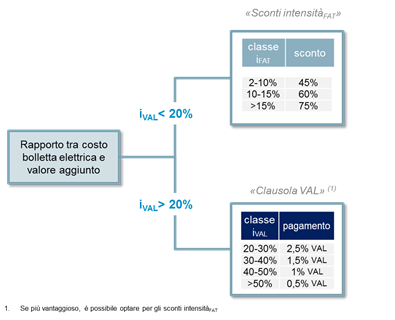The decree issued by the MiSE on 21 December 2017 redesigns the system of concessions for companies with a high consumption of electricity, expanding the audience of beneficiaries who will be able to access the concessions. The novelty introduced by the decree concerns the possibility of access facilitating thousands of new businesses thanks to the reduction of the minimum energy consumption threshold set at 1 GWh / year.
The economic measure implemented of one billion and 700 million euros reduces the cost of electricity for energy-intensive manufacturing companies with the aim of obtaining a progressive alignment of the costs for the supply of electricity of Italian companies to the levels of other competitors Europeans.
The provision is part of the implementation of the National Energy Strategy approved by the MiSE, at the same time as the reform of the system charges with which ARERA has made operational the new tariff structure of the general system charges for non-domestic customers in the electricity sector, necessary for adapt to European rules.
The subsidy for energy-intensive companies is cumulative with that provided for gas-intensive companies.
With the new rules, the subsidy, and the relative weight for the company that benefits from it, changes according to some parameters, such as gross value added (GVA) and / or energy intensity:
 English
English


